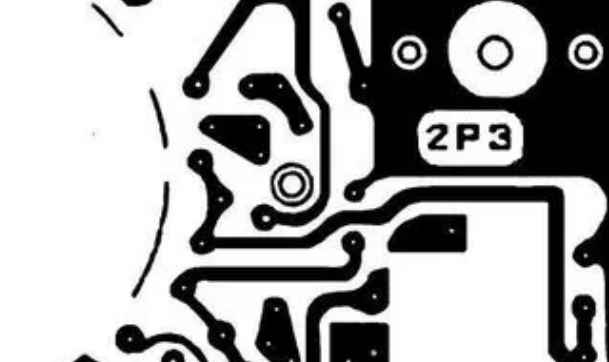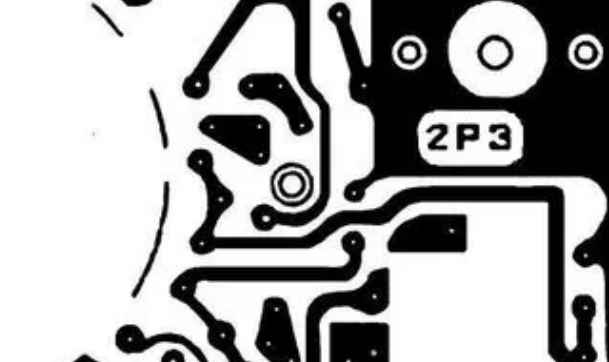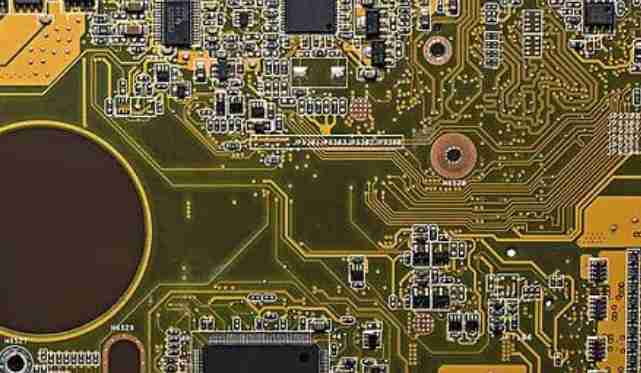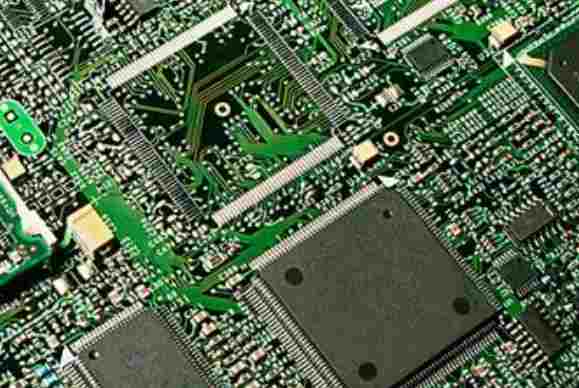
This paper mainly discusses the development of differential signal as the main connection mode of electronic components and some factors that may affect the performance of signal path. At this particular point in time today, the entire Internet relies on differential signals to transmit data. Without this type of signal transmission, the Internet and the vast array of communications products on which we all rely so heavily would be dead, or more precisely unable to survive.
The good news is that the latest ics can support sending data rates up to 32Gb/S(and above) on differential pairs of PCBS; The bad news, or more accurately the acid test for the industry, is that at such high speeds, even small changes in the layers used to manufacture PCBS can disrupt the data path, so great care must be taken when designing and manufacturing these data routes. One of the variables that can disrupt data transmission in a track is skew.

Starting from the basic point of the problem, offset refers to the misalignment of the edges of the two signals on the difference pair when they reach the terminals of the differential receiver. The consequences of the shift are obvious. When the previous dislocation is large enough, the link in the data path may not work properly.
At this point it is necessary to introduce the definition of difference pairs and how they work:
* A differential pair is a signal path where two signals of the same magnitude but opposite phase are transmitted along the two paths.
* The receiver checks the "differential" voltage value at its input and determines whether the data bit is 1 or 0 based on the voltage value.
The receiver is designed to ignore the "common mode" component of the signal - usually the voltage deviation. This is the main benefit of this signaling protocol.
Matching the physical lengths of two different signals is certainly not a problem, for the following reasons:
* Modern IC technology is capable of maintaining package-level alignment accuracy as small as 1ps
* Modern PCB layout tools and connector manufacturing techniques may match lengths to 1ps accuracy
Based on these factors, it seems that solving and managing migration is largely an engineering skill. That would certainly be the case were it not for some less obvious source of migration.
The hidden "secrets" of migration
As mentioned earlier, the difference or misalignment of the differential signal path length is the cause of the deviation. In addition, the deviation may also be the result of the different speeds of the two differential signal paths. In both cases, the factor affecting the offset is the glass fiber fabric in the PCB lamination. To be specific:
* Measurements show that a 14-inch path due to uneven fiberglass weaving in the lamination can produce a difference in path length of up to 37ps. (This is longer than one bit cycle at 28Gb/S)
* When one wire of the differential pair is transmitted along the resin in the PCB stack and the other wire is transmitted along the glass, the speed of the differential signal pair will be different. Signals traveling along the resin travel much faster.
First, some basics:
The lamination in the PCB is a combination of glass fiber and resin. The dielectric constant of glass fiber is about 6, and the dielectric constant of resin is generally less than 3.
The problems that occur in terms of path length and signal speed are mainly caused by the glass-fiber reinforced braiding mode in the resin. The glass fiber bundles in the more common glass fiber braid are tightly twisted together, so the large gaps left between the bundles need to be filled with resin. The average wire width in the PCB is less than the glass fiber spacing (see Figure 2 for a comparison of the weave spacing to the wire size), so one line in a differential pair may have more of the glass fiber and less of the resin, and the other line may have more of the resin than the glass fiber. Based on these factors, we found that the 14-inch difference pair could have up to 60ps of bias caused by the weaving mode. Such offset values have a great influence on the performance of differential signals.
Some factors to consider:
* Fiberglass fabrics used to manufacture PCBS come in many styles. The most common fiberglass fabric styles are shown in the photo provided in Figure 2.
* Fiberglass fabric styles are distinguished by numerical numbers, such as 106, 1080, 1067, 1086, 2116, 3313, etc.
* Each style has a standard for how many lines per inch and the size of the lines. However, there is no standard for how each fiberglass bundle is constructed.
* Each bundle may be tightly twisted together or loosely separated, but it can meet the standard requirements. As shown in the figure, the way these beams are constructed has a large effect on the mass of the high-speed differential pair.







